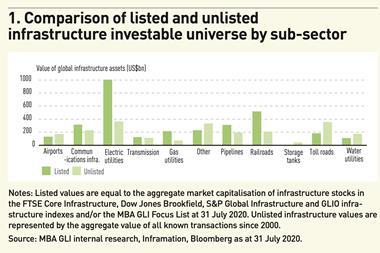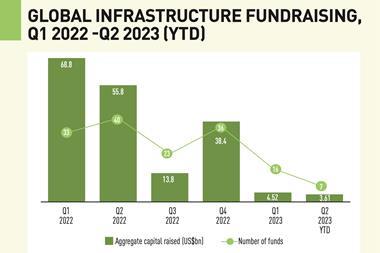Successful infrastructure investments in many parts of Europe are being held back by the heterogeneous, hard-to-assess systems behind the projects, Gerald Christoph Dorsch, head of credit rating at Feri EuroRating Services, told IPE.
Each German province, for example, has a different legal framework for education, making most schools and universities – as well as a community or province’s plan to finance them – almost impossible to compare.
However, it is exactly these smaller-sized projects that larger institutional investors would need to diversify their infrastructure portfolios, which they often focus on one segment with in-house expertise.
“The problem is that many investors are currently standing on the sidelines asking each other why they haven’t joined the game yet,” said Dorsch.
He said the main dilemma was whether to build in-house expertise in further areas, waiting for sufficient projects to become available in that field, or to buy external expertise for certain segments to diversify.
He said he saw demand from providers to offer their investors a rating for the product but that far more demand was coming from investors themselves wanting a “second opinion” on an offer.
“The advantage of a rating is that it can make different sub-segments of infrastructure investments comparable, based on expected losses assumed to occur over the duration of the financing,” said Dorsch.
But he added that ratings might only pay off in the segment of projects between €100m and €500m, the financing range where he sees the most demand, from large and small institutional investors alike.
“Once the various projects become more comparable, more investors will join the market,” Dorsch said.
He added that, for investors, infrastructure was still a “very young market”, in which “assessment systems were competing, but none has prevailed yet – at least not in most countries in Continental Europe”.













